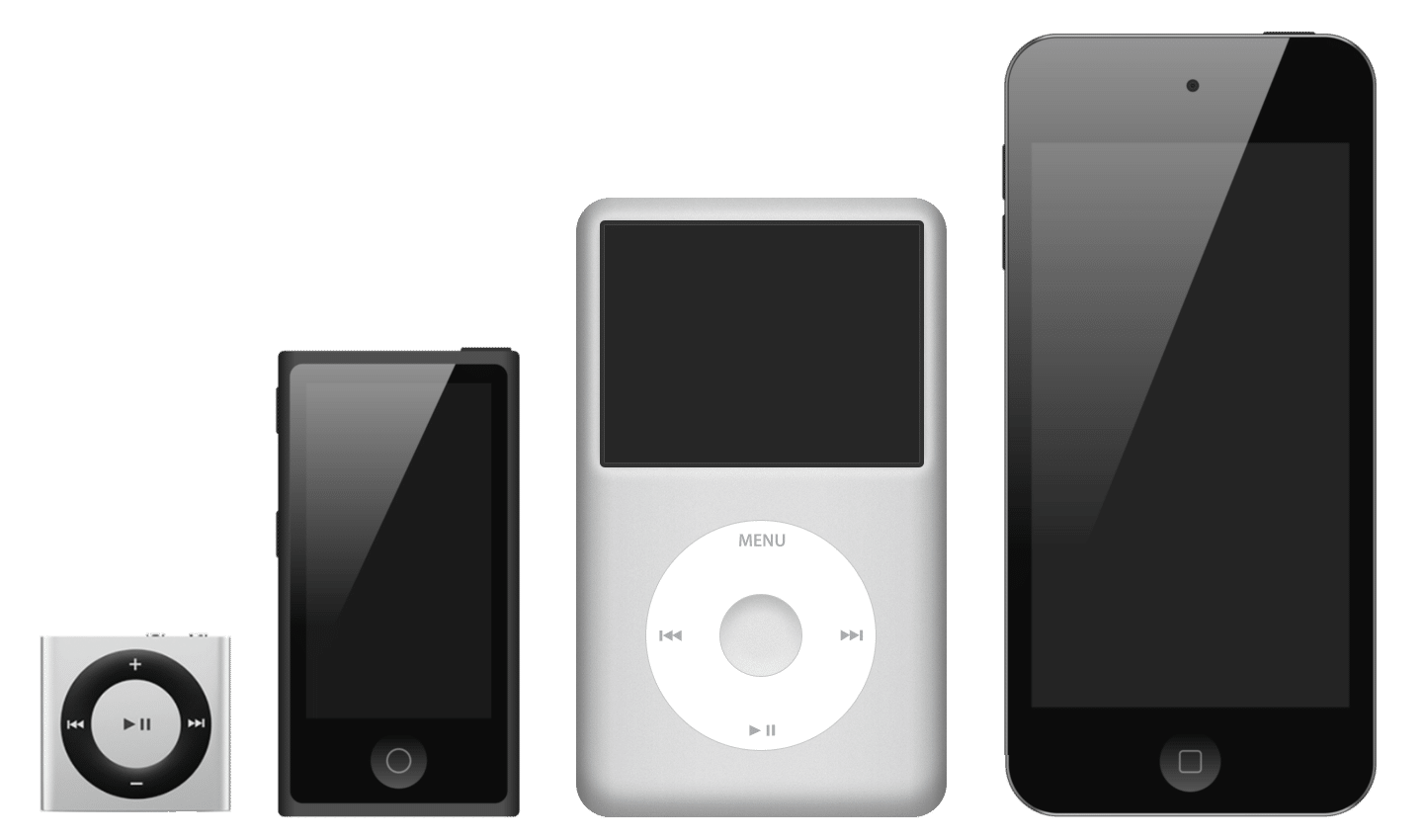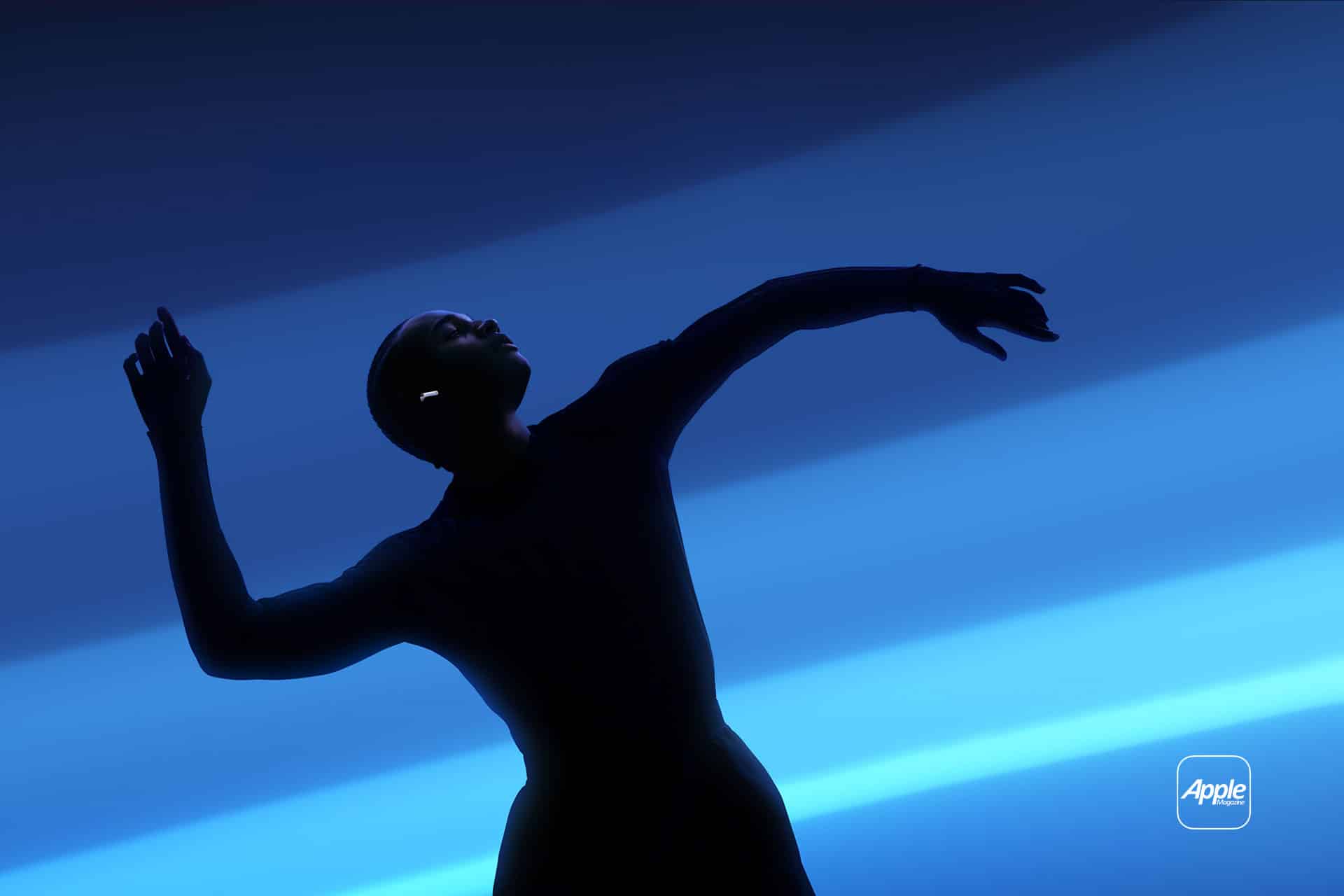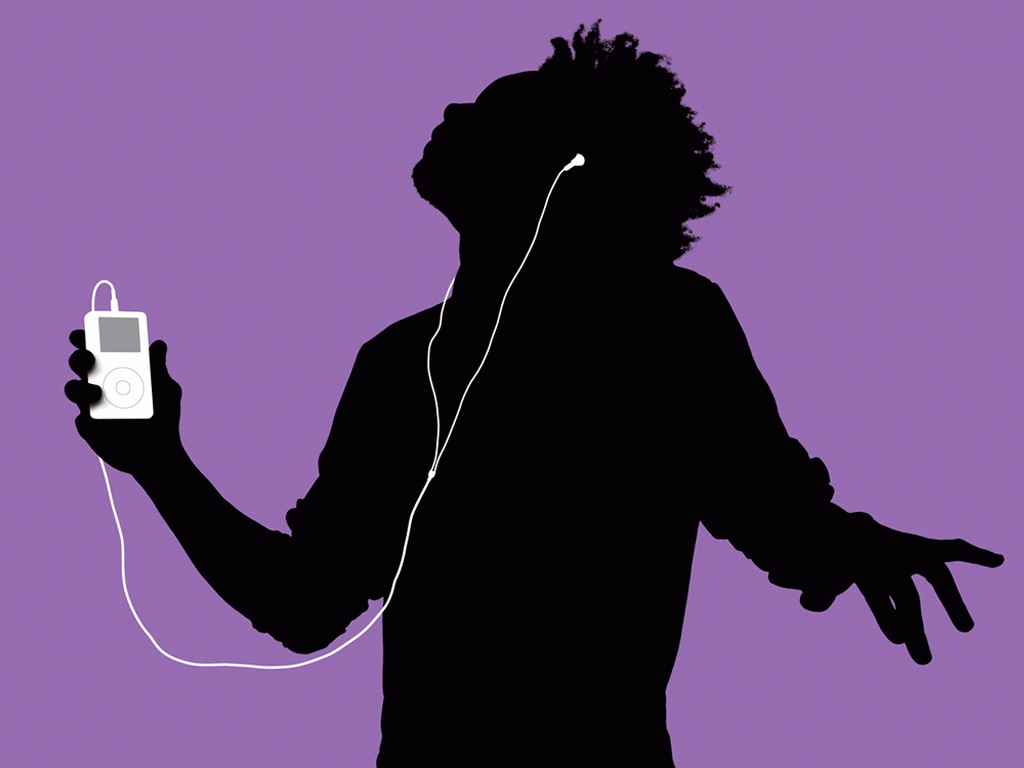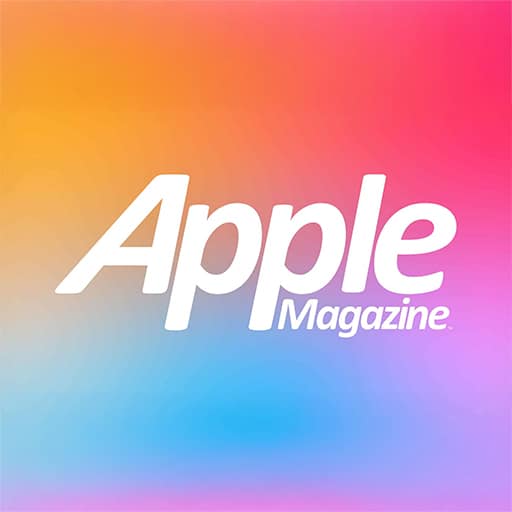When the iPod Nano was introduced in 2005, it was a game-changer. Apple took the success of its original iPod, shrank it down, and created a more portable device without compromising on storage or functionality. By utilizing flash memory instead of a hard drive, Apple was able to deliver a slimmer and more durable music player. The Nano’s vibrant colors and sleek design made it an instant hit among users who wanted a fun and stylish way to carry their music wherever they went.
Similarly, the iPod Shuffle, released in 2005, was a revolution in minimalism. Its screenless design and focus on simplicity allowed users to listen to music in shuffle mode, putting an emphasis on spontaneity. Without a screen, it pushed the boundaries of portable music by removing the conventional ways people interacted with playlists. The iPod Shuffle became known for its compactness and utility, especially for workouts and casual listening.
What Does Obsolescence Mean?
When a product is deemed obsolete by Apple, it means that the company will no longer offer hardware services, including repairs or parts replacements, through Apple’s official service channels. For the iPod Nano and iPod Shuffle, this means that these once-revolutionary devices can no longer be supported in terms of maintenance or technical assistance. While many users have long since moved on to more modern devices like the iPhone or Apple Watch for their music needs, there remains a dedicated group of enthusiasts who cherish these simple, focused gadgets.
The obsolescence label may also signal the end of an era for physical MP3 players in general, as most consumers now rely on streaming services and smartphones for their music consumption. The move further solidifies Apple’s transition from stand-alone devices for music to integrated products that blend communication, entertainment, and health features.
The Legacy of the iPod Nano and iPod Shuffle
Despite their obsolescence, the legacy of these devices continues to influence Apple’s design and product philosophy today. The iPod Nano and Shuffle were not just about delivering music—they represented Apple’s commitment to form, function, and user experience. With each iteration, Apple focused on making these devices smaller, more efficient, and more user-friendly, which set the stage for future product designs like the iPhone, iPad, and Apple Watch.
For many, the iPod Nano and iPod Shuffle are more than just gadgets—they represent an era when digital music was transitioning into mainstream culture. The rise of iTunes and the accessibility of MP3 files gave music lovers the ability to carry thousands of songs in their pocket, fundamentally changing how people interacted with their favorite artists and albums. Today’s streaming services like Apple Music and Spotify have built on this legacy, offering instant access to millions of songs at any given moment. Yet, there’s something nostalgic about the curated, personal experience that devices like the iPod Nano and Shuffle provided.
The Evolution of Apple Music and Devices
Apple’s decision to move away from the iPod Nano and Shuffle underscores the company’s broader strategy to focus on multi-functional devices like the iPhone, iPad, and Apple Watch, all of which offer music playback as one of many features. The release of services like Apple Music has transformed how people consume music, allowing instant access to millions of songs without needing local storage. This shift from MP3 players to streaming devices mirrors broader trends in tech, where consumers expect their gadgets to perform a variety of tasks beyond just music playback.
In the present day, devices like the iPhone are equipped with Apple Music, spatial audio, and seamless integration with smart home devices, allowing users to stream music on multiple devices at once. These advancements are a far cry from the single-function iPods of the past, though the design principles that made those devices successful—portability, ease of use, and elegance—still resonate in Apple’s modern product lineup.

Why Fans Still Love the iPod Nano and Shuffle
Despite the lack of continued support, many fans still hold a deep appreciation for the iPod Nano and iPod Shuffle. The simplicity and focus on music alone made these devices appealing in a way that today’s multi-functional gadgets can sometimes overshadow. For users who valued having a dedicated music player free from distractions like notifications, emails, and apps, the iPod Nano and Shuffle remain irreplaceable.
Some enthusiasts have taken to forums and social media to express their nostalgia and love for these devices, pointing out that their small size, affordability, and ease of use were unparalleled in the market. They fondly remember using their Shuffle during workouts or carrying their Nano on trips, where the compact design allowed them to enjoy music without the burden of larger, more fragile devices.
The End of an Era
As Apple officially marks the iPod Nano and iPod Shuffle obsolete, it closes a chapter on a significant part of its history. These devices helped define the digital music era, making it easier for people to take their music wherever they went. While the iPod has been eclipsed by the multi-functional iPhone, these iconic music players still hold a place in Apple’s rich legacy of innovation.
Although the iPod Nano and Shuffle are no longer supported, their influence lives on in every iPhone, Apple Watch, and AirPods that millions use today. The transition from these devices to all-in-one gadgets marks Apple’s evolution, but for many, the iPod will always represent the simplicity and joy of carrying your favorite tunes in your pocket.









